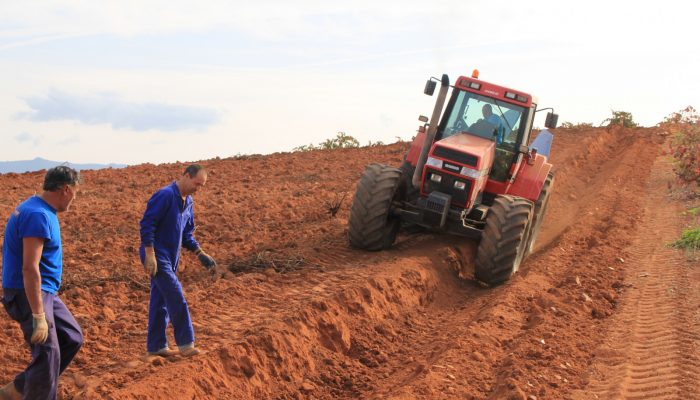
An increasing global population means that we are more dependant than ever on soils.
Soils are crucial to securing our future supplies of water, food, as well as aiding adaptation to climate change and sustaining the planet’s biosphere; yet with the decrease in human labour dedicated to working the land, never have we been more out of touch with the vital importance of this natural resource.
Now, the first-ever comprehensive State of the World’s Soil Resources Report (SWRS), compiled by the Intergovernmental Technical Panel on Soils (ITPS), aims to shine a light on this essential non-renewable resource. The report outlines the current state of soils, globally, and what the major threats facing it are. These and other key findings of the report are summarised in a recent paper of the EGU’s open access Soil Journal.
The current outlook
Overall, the report deemed that the world’s soils are in fair to very poor condition, with regional variations. The future doesn’t look bright: current projections indicate that the present situation will worsen unless governments, organisations and individuals come together to take concerted action.
Many of the drivers which contribute to soil changes are associated with population growth and the need to provide resources for the industrialisation and food security of growing societies. Climate change presents a significant challenge too, with factors such as increasing temperatures resulting in higher evaporation rates from soils and therefore affecting groundwater recharge rates, coming into play.
The three main threats to soils
Soil condition is threatened by a number of factors including compaction (which reduces large pore spaces between soil grains and restricts the flow of air and water into and through the soil), acidification, contamination, sealing (which results from the covering of soil through building of houses, roads and other urban development), waterlogging, salinization and losses of soil organic carbon (SOC).
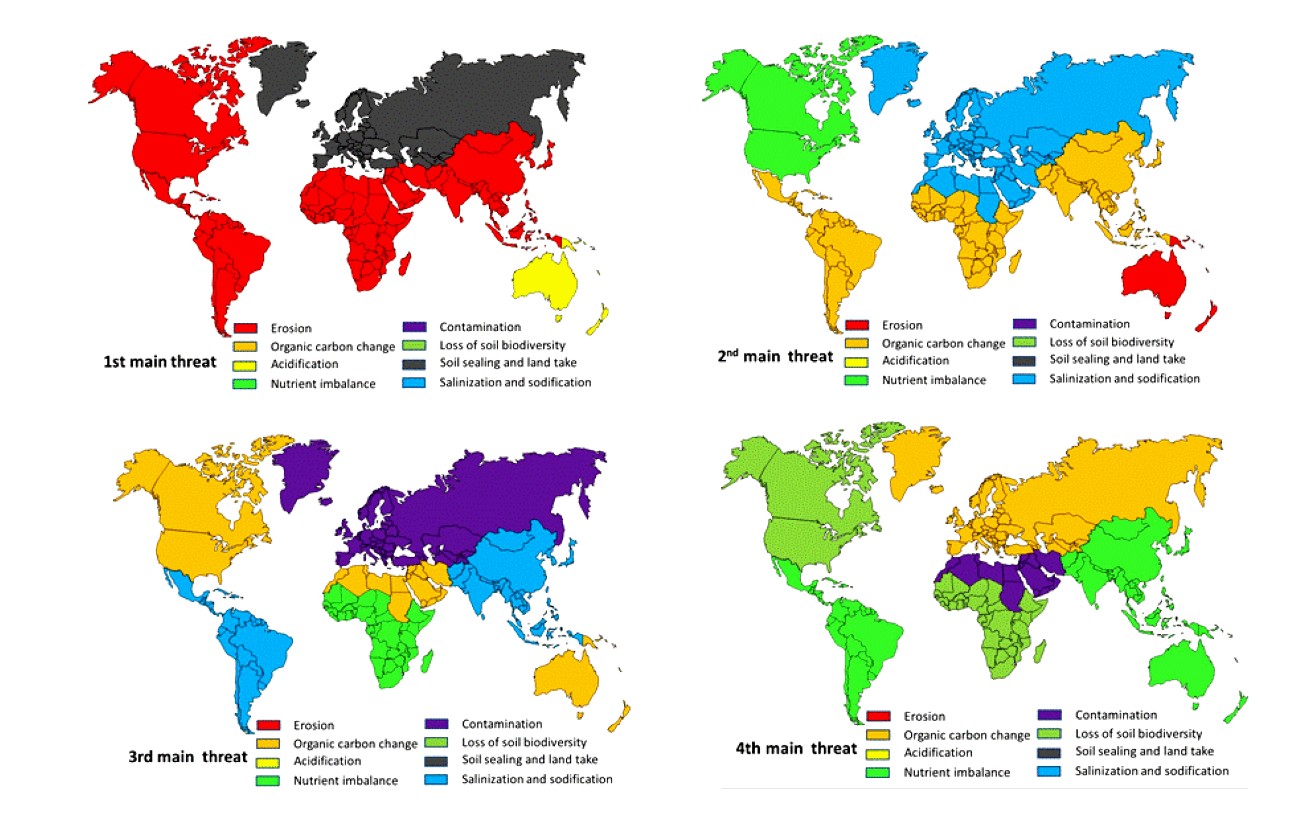
Global assessment of the four main threats to soil by FAO regions. Taken from Montanarella, L., et al. 2016.
Chief among the threats to soils is erosion, where topsoil is removed from the land surface by wind, water and tillage. Increasing rates of soil erosion affect water quality, particularly in developed regions, while crop yields suffer the most in developing regions. Estimating the rates of soil erosion is difficult (especially when it comes to wind driven erosion), but scientists do know that topsoil is being lost much faster than it is being generate. This means soil should be considered a non-renewable resource. When it comes to agricultural practices in particular, soils should be managed in such a way that soil erosion rates are reduced to near zero-values, ensuring long-term sustainability.

Eutrophication in lake Slotsø, Kolding, Denmark. Credit: Alevtina Evgrafova (distributed via imaggeo.egu.eu)
Soils contain nutrients, such as nitrogen (N), phosphorus (P), potassium (K), calcium (Ca), magnesium (Mg) and sulphur (S), crucial for growing crops and pastures for raising cattle. While nutrient balance in soils has a natural variability, farming practices accelerate changes in soil nutrient content. Over-use of soils rapidly depletes the land-cover of nutrients and result in lower food production yields. This imbalance is often remedied by the addition of nutrients; in particular N and P. Excessive use of these practices, however, can lead to negative environmental effects, such as eutrophication (which increases the frequency and severity of algal blooms) and contamination of water resources. The findings of the report advocate for the overall reduction of use of fertilisers, with the exception of tropical and semi-tropical soils in regions where food security is a problem.
Carbon (C) is a fundamental building block of life on Earth and the carbon cycle balances the amount of C which ultimately enters the atmosphere, helping to stabilise the planets temperature. Soils play a significant role in helping to preserve this balance. Soil organic carbon (SOC) acts as a sink for atmospheric C, but converting forest land to crop land saw a decrease of 25-30% in SOC stocks for temperate regions, with higher losses recorded for the tropics. Future climate change will further affect SOC stocks through increased temperatures and fluctuating rainfall, ultimately contributing to risks of soil erosion and desertification and reducing their ability to regulate carbon dioxide emissions. It is vitally important that governments work towards stabilising, or better still, improving existing SOC stocks as a means of combating global warming.
Preserving a valuable resource
The case is clear: soils are a vital part of life on Earth. It is estimated that worsening soil condition will affect those already most vulnerable, in areas affected by water scarcity, civil strife and food insecurity.
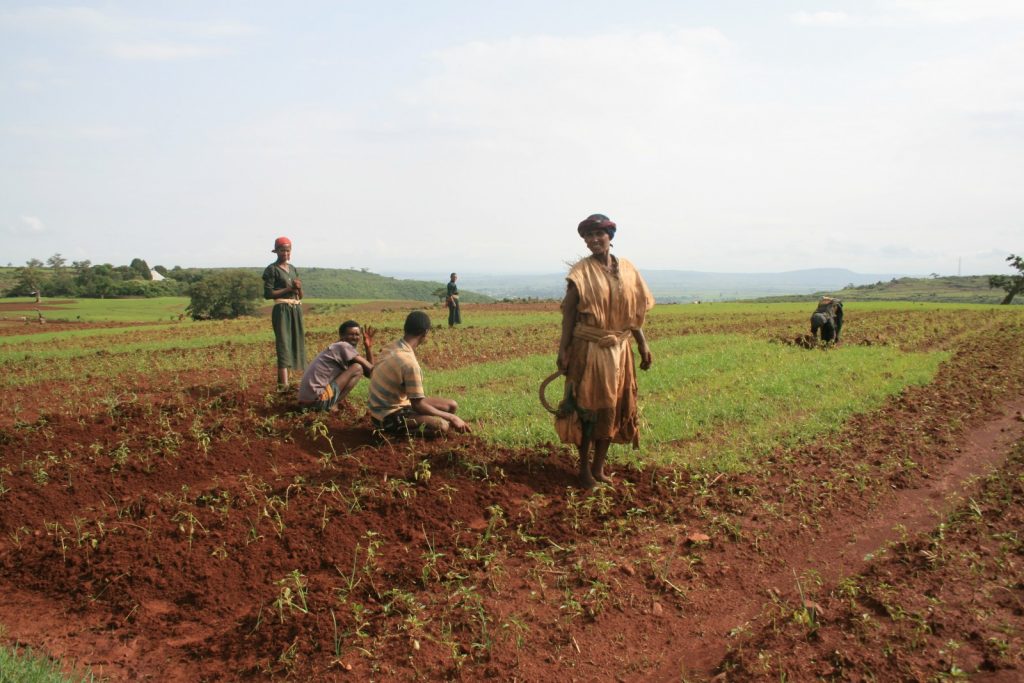
Bed planting in northern Ethiopia. Credit: Elise Monsieurs (distributed via imaggeo.egu.eu)
Initiatives such as the 2015 International Year of Soil and the production of the SWRS report are fundamental to raise awareness of the challenges facing soil resources, but more needs to be done:
- Sustainable soil management practices, which minimise soil degradation and replenish soil productivity in regions where it has been lost, must be adopted to ensure a healthy, global, supply of food.
- Individual nations should make a dedicated effort to establish appropriate SOC-improving strategies, thus aiding adaptation to climate change.
- Manging the use of fertilisers, in particular N and P, should be improved.
- There is a dearth of current data, with many of the studies referenced in the SWRS report dating from the 1980s and 1990s. For accurate future projections and the development and evaluation of tools to tackle the major threats facing soils, more up-to-date knowledge about the state of soil condition is required.
Soils, globally, are under threat and their future is uncertain. The authors of report argue that “the global community is presently ill-prepared and ill-equipped to mount an appropriate response” to the problem. However, adoption and implementation of the report findings might (by policy-makers and individuals alike) just turn the tide and ensure soils remain “humanity’s silent ally”.
By Laura Roberts Artal, EGU Communications Officer
References
Montanarella, L., Pennock, D. J., McKenzie, N., Badraoui, M., Chude, V., Baptista, I., Mamo, T., Yemefack, M., Singh Aulakh, M., Yagi, K., Young Hong, S., Vijarnsorn, P., Zhang, G.-L., Arrouays, D., Black, H., Krasilnikov, P., Sobocká, J., Alegre, J., Henriquez, C. R., de Lourdes Mendonça-Santos, M., Taboada, M., Espinosa-Victoria, D., AlShankiti, A., AlaviPanah, S. K., Elsheikh, E. A. E. M., Hempel, J., Camps Arbestain, M., Nachtergaele, F., and Vargas, R.: World’s soils are under threat, SOIL, 2, 79-82, doi:10.5194/soil-2-79-2016, 2016.
Status of the World’s Soil Resources, 2015, Food and Agricultire Organization (FAO) of the United Nations.
Soils are endangered, but degradation can be rolled back, 2015, FAO News Article.

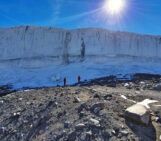
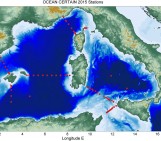
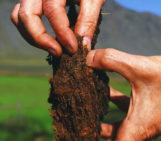

Pingback: Soil under threat! – SaraNicoleArt
Pingback: GeoLog | Imaggeo on Mondays: The invaluable role of soil dwellers
Pingback: Environmental Questions and Answers for Petrol Fans (by Diego Fdez-Sevilla, PhD.) | diego fdez-sevilla, PhD.
Экскаватор
Thank you for the interesting article. Hello from Minsk
Экскаватор
Спасибо за интересную статью. Всем привет из Минска